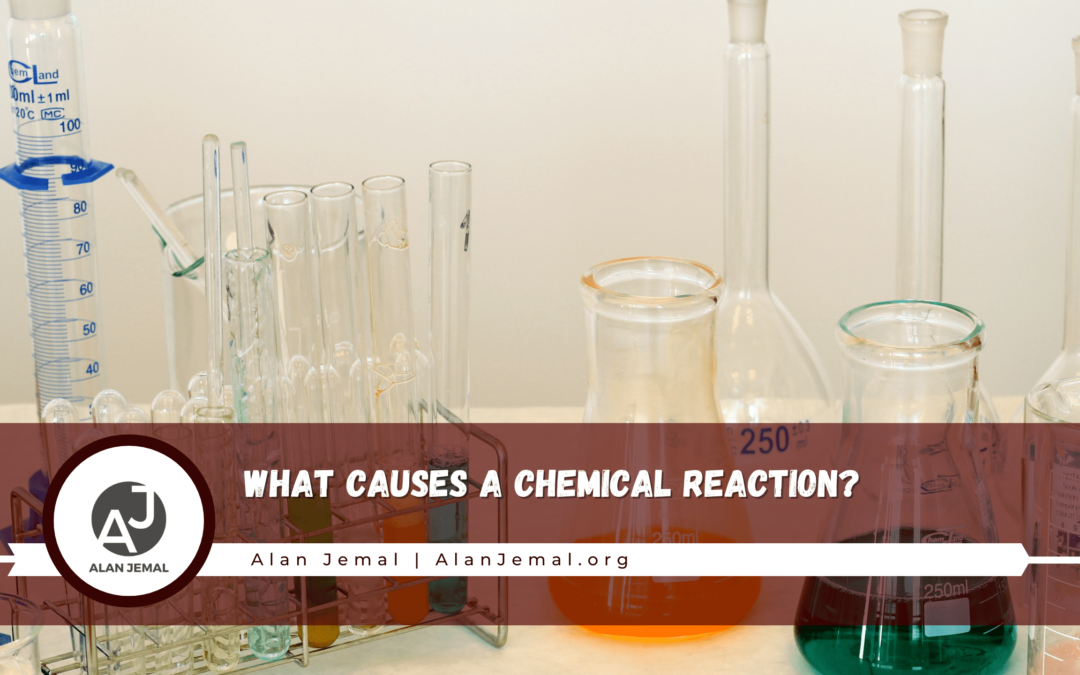Chemical reactions occur when two or more substances interact, forming new molecules or breaking them down into simpler ones. Understanding the causes of chemical reactions is fundamental to many fields, including medicine, materials science, and environmental studies.
One of the primary factors that cause chemical reactions is the formation or breaking of chemical bonds. Chemical bonds hold atoms together in a molecule, and the strength of these bonds determines the stability of the molecule. When a bond is broken or formed, energy is either absorbed or released, and this energy change can drive the reaction forward or backward. For example, when a molecule of hydrogen gas (H2) reacts with a molecule of oxygen gas (O2) to form water (H2O), a significant amount of energy is released in the form of heat and light. This energy change drives the reaction forward and makes it exothermic.
Another factor that can cause chemical reactions is the presence of a catalyst. A catalyst is a substance that increases the rate of a reaction without being consumed in the process. Catalysts work by lowering the activation energy required for the reaction, which means that the reaction can proceed more quickly and at a lower temperature. For example, the enzyme lactase acts as a catalyst in the digestion of lactose, a sugar found in milk. Without lactase, lactose would be much more difficult for our bodies to break down and absorb.
Temperature and pressure are also essential factors in chemical reactions. Generally, increasing a reaction’s temperature will increase the reaction’s rate, as more molecules have enough energy to overcome the activation barrier. Similarly, increasing the pressure can push the molecules closer together, increasing the likelihood of collisions and reactions occurring.
Finally, the concentration of reactants can also affect the rate of a reaction. When the concentration of reactants is high, there are more molecules available to react with each other, and the reaction can proceed more quickly. Conversely, when the concentration of reactants is low, the reaction rate may slow down or stop altogether.
In summary, a variety of factors can cause chemical reactions, including the formation or breaking of chemical bonds, the presence of a catalyst, temperature, and pressure changes, and reactant concentration. By understanding these factors, scientists can better predict and control chemical reactions, leading to new discoveries and innovations in fields ranging from medicine to materials science.

